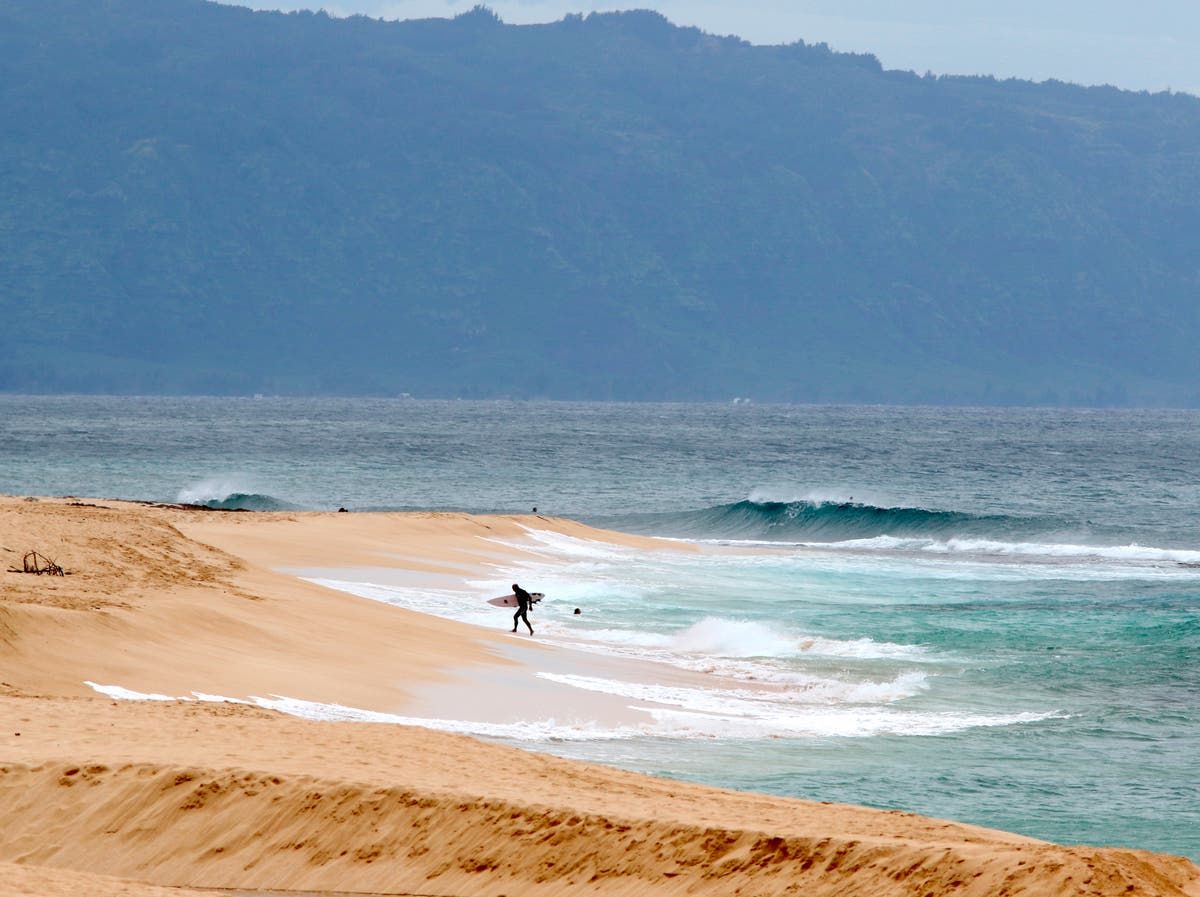Shark Attack Statistics

Shark attacks are a rare occurrence, but they can be fatal. In 2021, there were 73 unprovoked shark attacks worldwide, 11 of which were fatal. The majority of shark attacks occur in the United States, Australia, and South Africa.
In the tempestuous waters where sharks prowl, their keen senses detect even the slightest disturbance. These apex predators strike with lightning speed, their serrated teeth tearing through flesh with merciless efficiency. Amidst the chaos of a shark attack, tales of bravery and resilience emerge, like the legendary exploits of the tamayo perry pirates here.
Their cunning and audacity in facing both sea monsters and human foes alike serve as a reminder that even in the face of danger, the indomitable spirit of adventure can triumph.
The most common type of shark involved in attacks is the great white shark, followed by the tiger shark and the bull shark. These sharks are all large, powerful predators that are known to attack humans.
As the sun kissed the horizon, casting a golden glow upon the water, a lone shark lurked beneath the surface. Its razor-sharp teeth glinted menacingly, a reminder of the danger that lurked beneath the waves. But even the most formidable predators must heed the warning signs, and for this shark, the panama city beach flag today was a harbinger of danger.
The vibrant red flag, a symbol of caution, flapped relentlessly in the wind, its message clear: stay away.
Frequency of Shark Attacks
The frequency of shark attacks varies depending on the region. The United States has the highest number of shark attacks in the world, with an average of 50 attacks per year. Australia has the second highest number of shark attacks, with an average of 20 attacks per year. South Africa has the third highest number of shark attacks, with an average of 10 attacks per year.
The shark’s relentless pursuit, its teeth bared in a chilling grin, is a nightmare that haunts the depths of the ocean. But even in the face of such terror, there are those who dare to challenge the beast. One such soul is Tamayo Perry, an actor who has risked life and limb to portray the iconic role of a shark attack survivor.
His performance, raw and unflinching, brings a human face to the horrors that lurk beneath the waves.
Most Common Types of Sharks Involved in Attacks
- Great white shark
- Tiger shark
- Bull shark
These sharks are all large, powerful predators that are known to attack humans. Great white sharks are the largest of the three species, and they are responsible for the most fatal attacks.
Shark Behavior and Biology: Shark Attack
Sharks exhibit diverse behaviors and possess remarkable adaptations that shape their interactions with humans and influence the likelihood of attacks. Understanding these aspects is crucial for mitigating risks and developing effective conservation strategies.
Types of Shark Behavior
Sharks display a range of behaviors that can be categorized into three main types:
- Solitary: Many shark species prefer to live and hunt alone, avoiding contact with other sharks.
- Gregarious: Some species, such as the scalloped hammerhead shark, form large schools for protection and cooperative feeding.
- Migratory: Certain shark species, like the great white shark, undertake long-distance migrations to find food and breeding grounds.
Factors Influencing Shark Aggression
Shark aggression is influenced by several factors, including:
- Hunger: Sharks are opportunistic predators, and hunger can trigger aggressive behavior, especially when prey is scarce.
- Territoriality: Some shark species defend their territories from other sharks and potential threats, which can lead to aggressive encounters.
- Mating: During mating season, male sharks may become more aggressive in competing for mates.
Physical Adaptations for Hunting and Defense
Sharks have evolved remarkable physical adaptations that enhance their hunting and defense capabilities:
- Streamlined Bodies: Sharks have torpedo-shaped bodies that minimize drag, allowing for swift and efficient swimming.
- Powerful Jaws: Sharks possess powerful jaws equipped with sharp, serrated teeth that can inflict severe wounds.
- Electroreceptors: Sharks have electroreceptors on their snouts that detect electrical signals from prey, enabling them to locate hidden targets.
- Camouflage: Many shark species have camouflage patterns that help them blend into their surroundings and ambush prey.
Prevention and Mitigation Strategies

Shark attacks are a rare but potentially life-threatening event. By understanding shark behavior and taking appropriate precautions, the risk of an attack can be significantly reduced.
Swimming Safety Tips
- Swim in groups: Sharks are less likely to attack a group of people than a single individual.
- Avoid areas with known shark activity: If you are aware of recent shark sightings in an area, it is best to avoid swimming there.
- Do not wear shiny jewelry: Shiny objects can attract sharks, as they may mistake them for fish scales.
- Do not swim at dawn or dusk: Sharks are most active during these times.
- Do not swim in murky water: Sharks can easily camouflage themselves in murky water, making it difficult to see them.
Shark Deterrents, Shark attack
There are a number of electronic and chemical deterrents that are available to help reduce the risk of shark attacks. However, it is important to note that no deterrent is 100% effective.
- Electronic deterrents: These devices emit electrical pulses that are designed to deter sharks. Some studies have shown that electronic deterrents can be effective in reducing the risk of shark attacks, but more research is needed.
- Chemical repellents: These products contain chemicals that are designed to repel sharks. Some chemical repellents have been shown to be effective in deterring sharks in laboratory settings, but there is limited evidence of their effectiveness in real-world situations.
Marine Protected Areas
Marine protected areas (MPAs) are areas of the ocean that are set aside for conservation purposes. MPAs can help to reduce the risk of shark attacks by providing sharks with a safe place to live and feed.
When sharks are protected from fishing and other human activities, they are more likely to stay in their natural habitats and avoid contact with humans. This can help to reduce the risk of shark attacks.
The ocean’s primal terror, the shark attack, strikes with swift, deadly precision. But amidst the fear and frenzy, a beacon of safety beckons: the panama city beach flag today. Its vibrant colors flutter in the breeze, a symbol of vigilance and protection against the unseen dangers lurking beneath the waves.
As the shark’s relentless pursuit intensifies, the flag remains a steadfast guardian, its warning hues a lifeline amidst the watery chaos.
In the vast expanse of the ocean, where danger lurks beneath the waves, shark attacks remain a haunting reality. Tamayo Perry, a seasoned surfer, knows this all too well. His harrowing encounter with a great white shark serves as a chilling reminder of the unpredictable nature of the sea.
Despite the inherent risks, surfers like Perry continue to brave the waves, their passion for the sport undeterred by the ever-present threat of shark attacks.